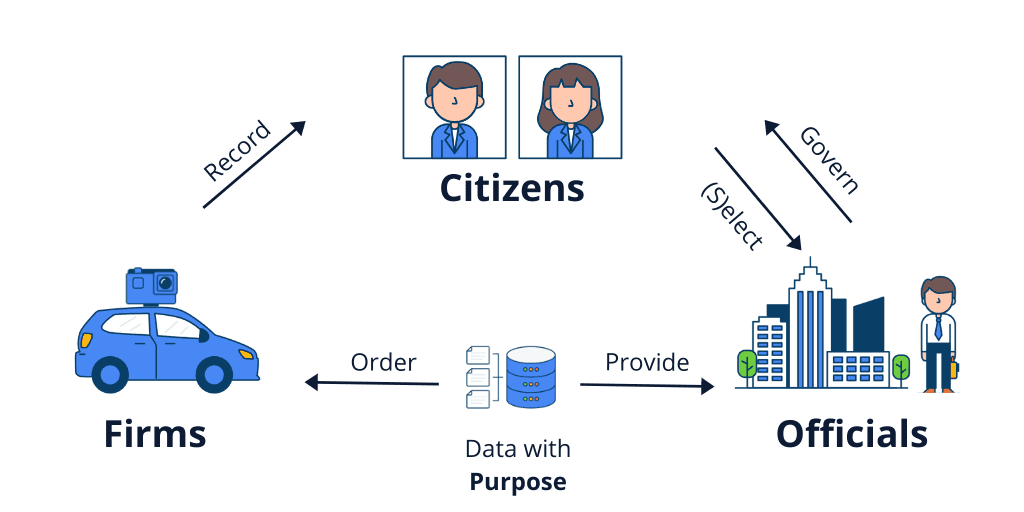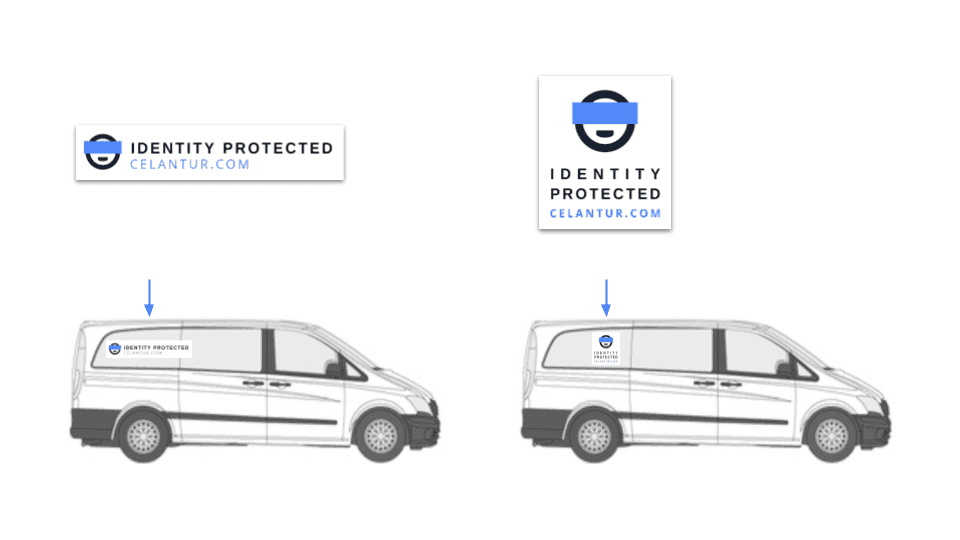Why Image Anonymization is not only a regulatory requirement
A psychologist's view on Mobile Mapping. Understand why citizens react negatively when being filmed without consent.
12 November 2020, by Mario Sabatino RiontinoAsk a question

This article is the summary of a webinar we've organized together with Christian Walter Franz - organizational psychologist, management consultant and personal coach. He advises Corporates, SMEs, cities and municipalities and teaches at the University of Salzburg and the University of Salzburg Business School (SMBS).
How did we get into this discussion
A while ago, our CEO Alexander Petkov had the chance to join our customer qapture during one of their mobile mapping runs. During this time, he was surprised by the diverse responses of citizens in seeing such vehicle-mounted cameras. Pedestrians were:
- Taking images with their smartphone
- Hiding their face with hands
- Rising their voice to avoid being filmed
- Staring at the car with curiosity
- Pointing fingers at the car
Why do people react that way? How can city officials and companies gain acceptance for such services?
The relationship between citizens and officials
It is common for mobile mappers to experience friction when they are actively mapping in a public area (see figure 1). On the surface, you can argue that this reaction is purely irrational. However, every irrational reaction is backed by psychological rationale, making the “irrationality argument” not entirely explanatory.

In principle, we can identify a relationship between officials (elected politicians such as mayors, prime ministers, etc.) and citizens who elect them to preserve and take care of a stable and secure society. This relationship is known as a purposeful relationship. Often, officials order companies to provide services (like mobile mapping) to fulfill the purpose of this relationship.
In the specific case of mapping services, the firm captures and collects street-level and aerial images and videos. Officials would use them for remote inspection, traffic management, and city planning. If the purpose is clear between firms and officials, we cannot say the same for citizens, since they are rarely informed about these activities. This leads to an imbalance due to the absence of a relationship (e.g. through explicit consent) between the firm and the citizens.

In psychology, this imbalance is known as cognitive dissonance, i.e. a dissonance between what I expect (I want to give my consent before someone takes a picture of me) and what I see (someone is filming me, and I didn’t give my consent). Result? Someone having a negative reaction by throwing a coke toward the mapper. Also, even if firms and officials are moved by good intentions, their reputation might get hurt.
What we see here is an unspoken and unclear relation generated by a lack of expectation management, which translates into an overall bad experience for all the parties.
Mitigate the dissonance: Communication
Christian Walter Franz argued that the best way to mitigate the dissonance is by using communication, reframing and explanation. At the same time, the psychological value of anonymization is enormous because it eliminates any potential conflicts between the parties and allows everyone to fulfill their goals without any restrictions whatsoever.
A virtuous example of communication is the project “Wien gibt Raum” of the City of Vienna. Numerous measures for the protection of personal data have been taken:
- Mapping vehicles were marked with the logo of the city of Vienna.
- Multiple radio, TV reports, as well as online and print media were released before the beginning of the project.
- Informative brochures were carried by the mappers, which could be handed out to interested citizens.
- A detailed website in German and English was created to provide transparent information about the purpose of the project.
- All persons and license plates on collected images were blurred.
- The City of Vienna only receives anonymous data and is the owner of the image material.
Mitigate the dissonance: Celantur
Celantur offers fully-automated anonymization for images & videos to comply with privacy laws. Our technology automatically detects the objects to be anonymized and blurs them.
✓ We anonymize all kinds of RGB-imagery: planar, panorama images and videos. ✓ Our cloud platform is capable of anonymizing around 200.000 panoramas and 24 hours of videos per day. ✓ Industry-grade anonymization quality: detection rate up to 99%
Lately, we started to offer under request our magnetic shield, allowing you to mitigate dissonance by communicating that identities are protected and anonymized through our service.

Companies like STRABAG, AllTerra South Germany & Austria and RedPlanet rely on our automated and scalable solution to anonymize their images and videos.
Moreover, in order to operate as a data processor, we have robust measures in place to comply with the GDPR and other data protection laws:
- Images are processed in GDPR-certified data centres in the European Union
- External Data Protection Officer at service
- All data and storage devices are encrypted
- Annual Data Protection Audit
- Up-to-date Documentation: Technical and Organizational Measures ("TOMs"), Records of Processing Activities and Data Processing Agreement
Ask us Anything. We'll get back to you shortly